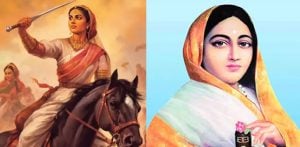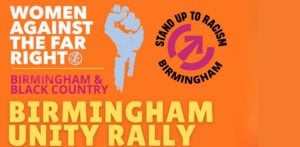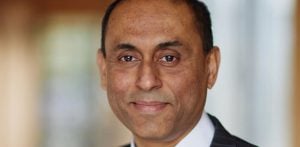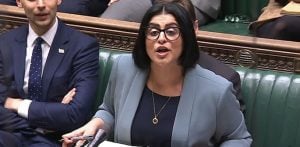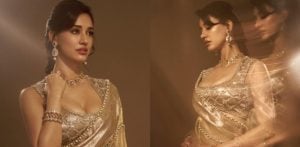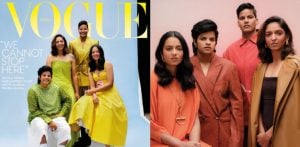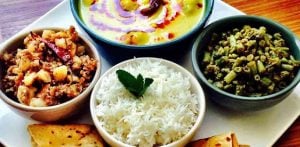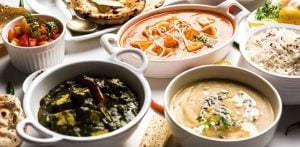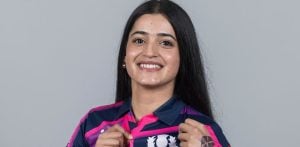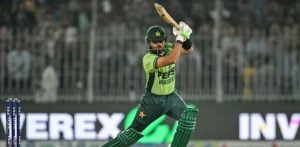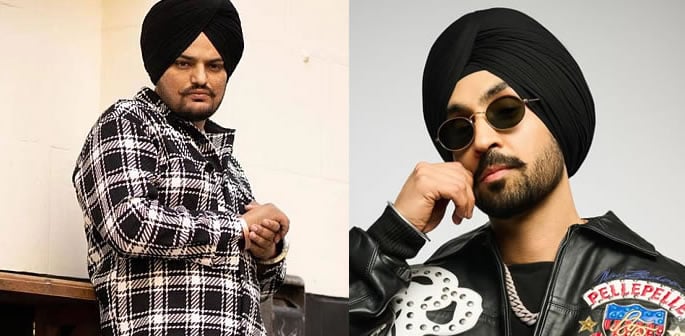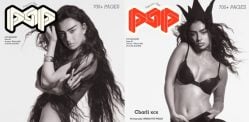Punjabi music videos have become a key part of the experience
Turn on the radio, open Spotify, or scroll through Instagram reels – Punjabi pop is everywhere.
And not just in Punjab. From Mumbai’s clubs to Delhi’s gyms to Canada’s weddings, Punjabi beats have taken over the world.
This is something that has been building for decades.
The infectious energy of Punjabi music is its initial hook, a vibrant explosion of dhol, tumbi, bass, and pure attitude.
Even if you don’t understand the lyrics, the feeling is universal; it’s the sound of celebration, of confidence, of a culture that is proud to be loud.
From the Fields of Punjab to Global Playlists
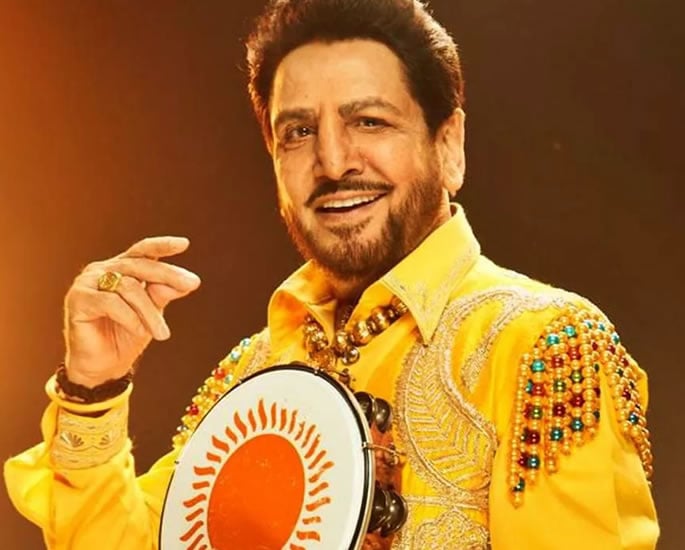
The journey of Punjabi pop from the villages of Punjab to global domination is a testament to its adaptability and the pioneering spirit of its artists.
The essence of what we now call Punjabi pop can be traced back to the late 1950s, when it began to emerge as an independent genre from its classical folk roots.
Punjabi folk music, with its tales of love and loss, heroes and villains, was the soundtrack to life in the region.
The arrival of Western musical influences in the 19th century began a slow process of fusion, with instruments like the guitar and violin finding their way into the Punjabi soundscape.
The 1990s marked a pivotal moment for Punjabi pop, as artists like Daler Mehndi, Gurdas Maan, Bally Sagoo, and Malkit Singh burst onto the mainstream music scene.
Their music, a potent blend of traditional Punjabi folk and Western pop, found a massive audience both in India and among the growing Punjabi diaspora in the UK and Canada.
The 2000s saw the rise of a new generation of artists like Panjabi MC, who brought a more urban, hip-hop-influenced sound.
The global recognition of Panjabi MC’s ‘Mundian To Bach Ke’, remixed with Jay-Z, was a clear signal that Punjabi music had arrived on the world stage.
The 2010s witnessed the true globalisation of Punjabi pop, with artists such as Diljit Dosanjh, Guru Randhawa, and the late Sidhu Moose Wala taking the genre to new heights.
These artists, adept at using social media and streaming platforms, have built massive global fanbases.
The data speaks for itself: in 2022, Sidhu Moose Wala’s album Moosetape was the most-streamed album on Spotify in India, and tracks by AP Dhillon, Intense, and Gurinder Gill also featured prominently in the most-streamed singles.
Why Punjabi Pop is Popular

So, what is the secret to Punjabi pop’s irresistible appeal? It’s a combination of factors that creates a perfect storm of musical addiction.
At its core is the music itself – a high-energy, beat-driven sound that is impossible to resist.
The fusion of traditional Punjabi instruments with modern electronic production creates a sound that is both familiar and fresh. This is music that is designed to be danced to, whether at a wedding, in a club, or in your living room.
But it’s not just about the beats. Punjabi music videos have become a key part of the experience, offering a visual feast of high-end cars, designer clothes, and stunning locations.
These videos often have a strong narrative element, telling stories of love, heartbreak, and ambition that resonate with a young, aspirational audience.
The artists themselves have become style icons, their fashion choices and lifestyles eagerly followed by millions of fans.
Social media has also played a crucial role in the genre’s dominance.
Platforms like YouTube and Instagram have allowed artists to connect directly with their fans and have turned countless songs into viral sensations.
This has also led to a rise in the number of independent artists who have achieved massive success without the backing of a major record label.
The Punjabi-Bollywood Blend

The influence of Punjabi pop on Bollywood is undeniable.
For years, Punjabi songs have been a staple of Bollywood soundtracks, their infectious energy and catchy hooks providing the perfect formula for a blockbuster hit.
This symbiotic relationship has been a win-win for both industries. Bollywood gets a guaranteed hit, and the Punjabi artist gets a massive new audience.
The list of Punjabi artists who have made a successful foray into Bollywood is long and includes names like Sukhwinder Singh, Daler Mehndi, Mika Singh, and more recently, B Praak and Diljit Dosanjh.
The sound of Bollywood music has been irrevocably changed by the influence of Punjabi pop, with its distinctive beats and instrumentation now a common feature of mainstream Hindi film songs.
However, this dominance has not been without its critics.
Some argue that the overuse of Punjabi songs in Bollywood is stifling creativity and leading to a homogenisation of the industry’s sound.
There are also concerns that the commercial pressures of Bollywood could dilute the authenticity of Punjabi music.
Despite these criticisms, the Punjabi-Bollywood nexus shows no signs of weakening.
The commercial success of this formula is simply too powerful to ignore.
The dominance of Punjabi music in Bollywood is a reflection of a wider cultural shift in India, a growing appreciation for regional cultures and a desire for music that is authentic, energetic, and unapologetically Indian.
Punjabi pop’s journey from the fields of Punjab to the global stage is a remarkable story of cultural pride, artistic innovation, and savvy marketing.
It’s a sound that has captured the hearts and minds of a nation, a vibrant and dynamic expression of modern India.
And as the world continues to dance to its infectious rhythms, one thing is clear: the reign of Punjabi pop is far from over.





